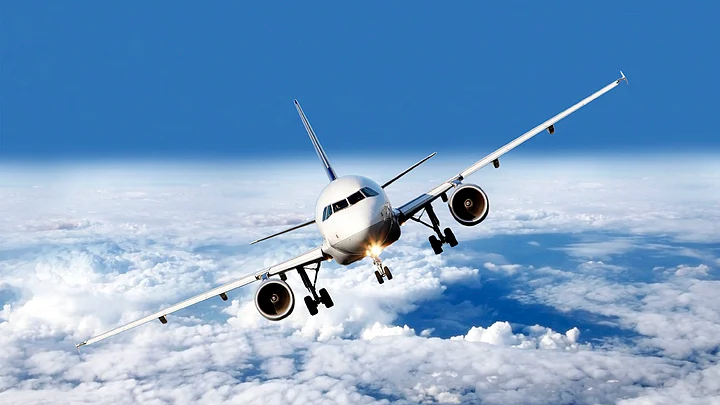The phone rang thrice before it was answered. The person on the other side said crisply “Dispatch, Harry”, typical of someone busy doing other tasks while answering phones the whole day. I said, “Harry, its captain.” Recognising the voice on the other end he said, “Yes captain, how are you?” to which I said “I am on my way to the airport, should be there in twenty minutes. What routing have you selected for us today? Have you seen the satellite pic on IMD cause I am sure many of our passengers have”. He said “Captain we have taken the northern route to avoid the storm enroute.” I told him that it was a good idea and I will see him soon.
So what’s this about again?
Oh yes about turbulence and the fear of flying.
Yes, flying can be scary, especially when it’s bad weather and/or turbulence. You are not alone in this. Lots of very educated and successful people are scared of flying and turbulence. However, have you thought about it this way: that if it were so scary, you would have never really gotten on board? If you are on a bus, you can have them stop, on a train you could pull a chain, even on a ship or boat you can get off. But flying doesn’t give you these options does it? So what is it really about? I’d guess it has something to do with not being in control.
A lot of preparation goes into dispatching a flight. We pour over weather charts, satellite images and now our flight plans come with a wind shear factor. If it’s above a certain value, we select different flight levels or routes. All this is science. We have come a long way from what it used to be years back. We can even predict storms on MAR, just ask Matt Damon about it.
“Captain should I turn on the belts?”, asked my First officer, Jeff. “Yeah reduce to .80 and turn the sign on.”
The pilots are prepared for the weather conditions. If you were to actually walk into a flight deck when the plane was “rocking violently”, all you would see will be two guys [or girls] sitting comfortably monitoring the situation. They would have reduced the speed to the max turbulence penetration speed, assessed the situation and gone about the other mundane tasks.
So why does it shake so much?
Simply put, turbulence is of two types. One is turbulence associated with clouds. The weather radar these days are very precise. It gives us an excellent picture on board of the weather as early as 45 minutes before we reach it. The cloud is painted as per the intensity. Namely red, yellow and green. Red we avoid, yellow we may avoid and green we go through. Now if it’s all red, then we deviate, divert etc. All clouds will give some turbulence. “Listen Jeff please ask the crew to sit down for a few minutes ”. Jeff comes on the PA and in his best imitation of Chuck Yeager tells the crew to take their seats for 5 minutes.
The other type is clear air turbulence. Which is at times seasonal and geographical, while being Invisible to our radar; we do know how to handle it. We know it like a marine captain would know his seas.
So actually turbulence is natural. We are the ones going through it in a metal tube that is carrying a few hundred of you and your duty free shopping bags through the skies at 800 kmph. Think about it, if the metal tube can take you through hours of flying, it surely can handle turbulence. So the next time you fly, think about it this way: the pilots up front are prepared, attentive and do this daily, for years. So you should sit through for a few hours while sipping your favourite beverage.
As Sadhguru says, the way you think is the way you feel.
Sit back, think, relax and enjoy the flight.
(Rajesh Narang, age 45 years, has been flying for 25 years. He is the Captain and instructor on Airbus A330 airplanes.)
(At The Quint, we question everything. Play an active role in shaping our journalism by becoming a member today.)
